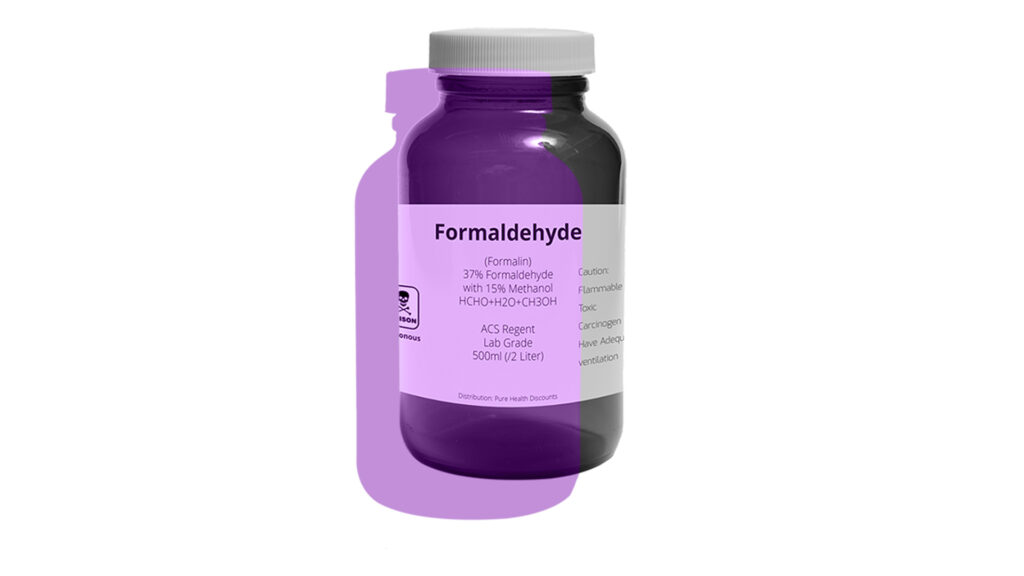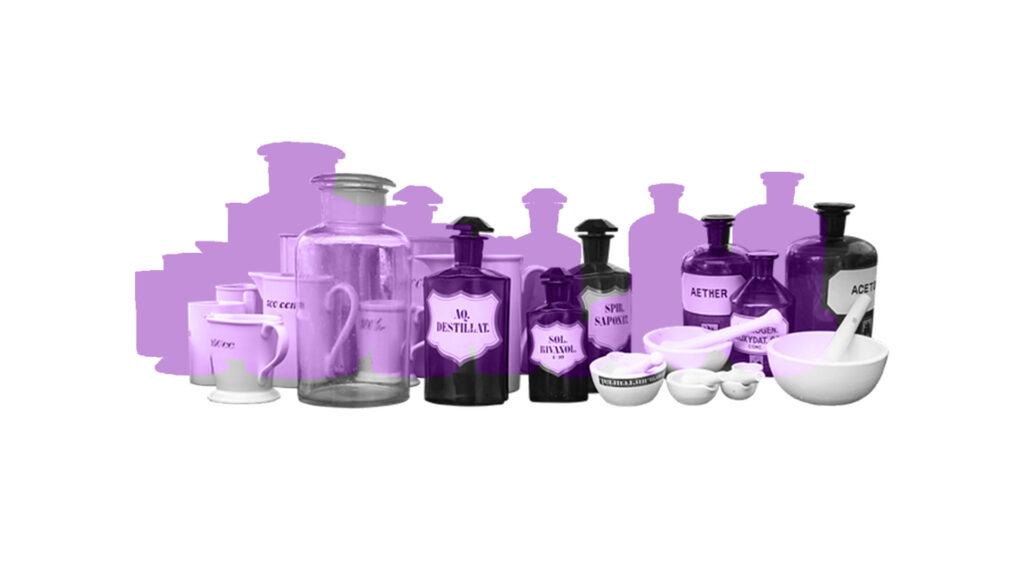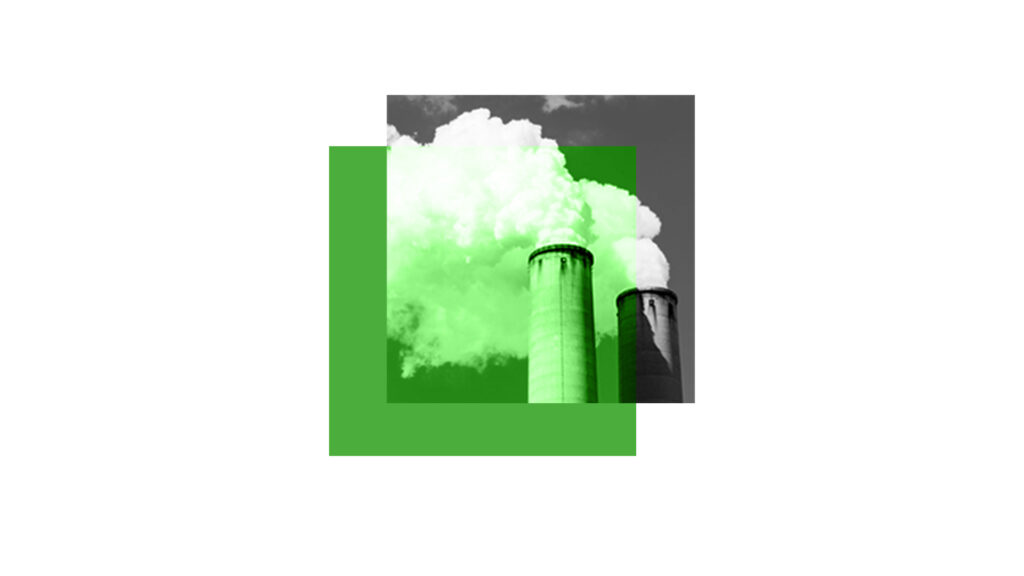Formaldehyde is everywhere – in water, air, food, in our homes, and even in our bodies. This organic compound of carbon, hydrogen and oxygen has become indispensable in many spheres of life, thanks to its use in the production of thousands of industrial and consumer goods. At the same time, formaldehyde was included in the list of carcinogens. This raises a number of questions: how dangerous is formaldehyde, is it important for our health and life, how does it affect the environment and how can we reduce the risks associated with its effects?
General Description
- chemical formula – H2CO or CH2O;
- other names: Methanal, Methyl aldehyde;
- a pungent-smelling colourless gas;
- is flammable and highly reactive at room temperature, can form explosive mixtures in air;
- commercial formaldehyde is produced and sold in the form of an aqueous solution containing 37-50% formaldehyde, which is widely known as formalin;
- is toxic if swallowed, in contact with skin or if inhaled, causes burns and eye damage, may cause an allergic skin reaction and irritation of the upper respiratory tract.

Use
Formaldehyde is highly soluble in aqueous and alcoholic solvents and easily polymerized, making it a useful material in the production of a variety of materials such as resins, varnishes, adhesives, insulation, particleboard, fiberboard, plywood, paper and fabric coatings, synthetic fibers and many others. Formaldehyde is also used as a preservative and disinfectant for other industrial processes and consumer products.
Environmental Exposure
Formaldehyde’s production and use in the manufacture of a wide range of chemicals may result in its release to the environment through various waste streams, especially air emissions, but the sources of its occurrence and distribution can be both anthropogenic and natural.
Natural Sources and Pathways of Exposure
- during natural processes that involve burning of organic materials, such as naturally occurring wildfires;
- formed in bodies of water water during the process of irradiation of organic matter residues with sunlight;
- secondary formation of formaldehyde occurs in the air by oxidation of volatile organic compounds and reactions between ozone and alkenes;
- as an intermediate product of metabolism, formaldehyde is present in most living organisms, including animals, plants, and even humans, but in very low concentrations, (e.g., the natural concentration of formaldehyde in apples is 17.3-22.3 μg / g, while normal formaldehyde level in blood of humans and animals is about 2.5 mg / l).

Anthropogenic Sources and Pathways of Exposure
- industrial emissions;
- exhaust fumes;
- direct industrial use of formaldehyde;
- wastewater generated as a result of its production and industrial use;
- anthropogenic fires (including burning of garbage, dry leaves and grass);
- tobacco smoke;
- oil production;
- industrial facilities and equipment that provides direct combustion sources: thermal power plants, incinerators, etc.
- building materials and consumer goods that emit formaldehyde (mainly for new materials and products, but the release of formaldehyde can take several months, especially in conditions with high relative humidity and high indoor temperature).

Environmental Standards & Regulations
Based on research and assessment of the risks of formaldehyde to human health, the World Health Organization has determined the average daily maximum allowable concentration of formaldehyde in the air is 0.003 mg/m3. In Ukraine, in accordance with the State Sanitary Rules for Atmospheric Air Protection of Settlements, the following permissible concentrations have been established:
- The Maximum permissible concentration at one time (one-time MPC) is 0,035 mg/m3.
- The Maximum permissible concentration during 24 hours (average daily MPC) is 0.003 mg/m3.
High concentrations of formaldehyde in the atmospheric air of Ukraine is a serious problem, e.g. , in 2014 the average annual concentration of formaldehyde in the air in 29 cities was 2.3 maximum allowable concentrations, and in 2017 in Rivne region the concentration of formaldehyde exceeded the MPC by 2 times. Such concentrations pose a risk to human health because, according to the EU Regulation and the International Agency for Research on Cancer, formaldehyde is a carcinogen of the first group (“carcinogenic to humans”).
Atmospheric air quality monitoring is a mandatory element in the fight against air pollution.
In Ukraine, monitoring of air pollution is the responsibility of the Ukrainian Meteorological Center, and free access to data on the state of the environment is part of the rights of citizens (according to Article 9 of the Law of Ukraine “On Environmental Protection”). Unfortunately, in Ukraine there are no updated, or sufficient public information about the air quality, which contradicts the current Constitution and the Law of Ukraine “On Access to Public Information“. Therefore, it is very difficult to analyze current data on air pollution and, accordingly, to assess the real level of danger of formaldehyde to human health.

Human Health Effects
Acute toxicity after short-term exposure to formaldehyde when ingested includes, but is not limited to:
- sensory irritation of the eyes and upper airways;
- respiratory disorders;
- effects on the lungs (asthma and allergies);
- allergic reaction at the site of contact (on the skin of hands and face), and/or chemical burns;
- when formalin enters the body orally, symptoms include: mucosal injuries (necrosis and ulcers) in the oral cavity, esophagus, stomach and upper intestine; severe heartburn; spasms and pain in the stomach, shortness of breath and disorders of the cardiovascular system.
Chronic toxicity after industrial and non-industrial contact with solutions or materials containing formaldehyde includes, but is not limited to:
- chronic allergic diseases;
- eczema and skin pigmentation;
- lesions of the nasal mucosa;
- nasopharyngeal cancer;
- sinonasal cancer
- lymphohematopoietic cancer
- myeloid leukemia.

Sources and Pathways of Indoor Exposure
It is important to remember that the dominant factor in the effects of formaldehyde on human health is inhalation, so the concentration in the room can be high enough to have negative health consequences.
- constructions, coverings and furniture from the particlewood: a chipboard, medium density fiberboard and hardwood plywood;
- building materials containing formaldehyde: resins, adhesives, paints, varnishes, insulating and insulating materials, laminate, etc.;
- combustion sources: poorly ventilated gas and wood stoves, kerosene heaters; scented candles; burning garbage, dry leaves or grass near the apartment, etc.;
- tobacco smoke (especially in poorly ventilated areas);
- detergents: dishwashing liquid, car shampoos, carpet and leather cleaners, fabric softeners, shoe care products, etc.;
- cosmetics: shampoos, balms, varnishes, sprays, creams, make-up.
Although the list of consumer goods containing formaldehyde is quite extensive, it should be borne in mind that most quality products usually contain acceptable concentrations (for example, according to the State Sanitary Standards for furniture made of particleboard, fiberboard and plywood, the permissible level of formaldehyde is 0.01 mg/m3), and compliance with the recommendations to reduce the risks of harmful effects of formaldehyde can minimize its dangerous effects on health.

Ways to Minimize the Dangerous Effects of Formaldehyde on Health
- use of high-quality and ecological consumer goods; giving preference to natural cosmetics (e.g, organic cosmetics) and detergents (soda, vinegar, mustard powder, laundry soap, citric acid, etc.);
- preference for high-quality furniture, preferably made of solid wood (for example, particleboard, fiberboard and plywood for formaldehyde content are divided into three classes – E1, E2 and E3, the higher the class, the lower is the concentration. In Ukraine, the E2 class wood is prohibited for the production of furniture);
- use of high-quality building materials with low formaldehyde content;
- prevention of exposure to tobacco smoke: if possible, non-smoking indoors and ensuring a quality ventilation system;
- prevention of burning of garbage, dry leaves and grass (moreover, in Ukraine unauthorized burning of vegetation is illegal and entails administrative liability);
- indoor air quality control: installation of ventilation systems and air purifiers, regular ventilation, wet cleaning, the presence of plants;
- As most formaldehyde is released from new furniture and building materials, it is recommended, if possible, to leave new furniture, laminate and other finishing materials outside the living space for ventilation for a while. If this is not possible, it is necessary to ensure proper ventilation and fresh air to the room. Moreover, do not place items made of particleboard and fiberboard near heat sources (stoves, fireplaces, heaters etc.);
- healthy lifestyle: prolonged exposure to fresh air (in forests, parks, etc.), regular physical activity, sports and breathing exercises can strengthen the immune system and increase the functionality of the respiratory system, which suffers most from the negative effects of formaldehyde and others pollutants in the air. Eating foods rich in vitamins and nutrients stimulates the liver and kidneys, which are responsible for removing harmful substances from the body, and the use of products with antioxidant properties (natural juices, homemade herbal and green tea, nuts, berries and fruits, olive oil , honey) are able to neutralize free radicals involved in the development of atherosclerosis, skin aging, inflammation and tumor growth.

References
- (National Research Council. 1980. Formaldehyde – An Assessment of Its Health Effects. Washington, DC: The National Academies Press.
- Meehye, Brian G. Heikes, Daniel J. Jacob, Glen Sachse, and Bruce Anderson. 1997. IARC; Monographs on the Evaluation of Carcinogenic Risk of Chemicals to Man. Geneva, Switzerland: WHO 62: 242.
- Sullivan, J.B., Krieger G.R. (eds). Clinical Environmental Health and Toxic Exposures. Second edition. Lippincott Williams and Wilkins, Philadelphia, Pennsylvania 1999., ст. 1008.
- National Center for Biotechnology Information. PubChem Database. FORMALDEHYDE, Source=Hazardous Substances Data Bank (HSDB).
- NTP (National Toxicology Program). 2016. Report on Carcinogens, Fourteenth Edition.; Research Triangle Park, NC: U.S. Department of Health and Human Services, Public Health Service.
- IARC Monographs on the Evaluation of Carcinogenic Risks to Humans, No. 71, International Agency for Research on Cancer, 1999, Lyon, Paris.
- “Hydrogen Peroxide, Organic Hydroperoxide, and Formaldehyde as Primary Pollutants from Biomass Burning.” Journal of Geophysical Research 102 (D1): 1301. doi:10.1029/96jd01709.
- IARC Monographs On The Identification Of Carcinogenic Hazards To Humans. Agents classified by the IARC Monographs, Volumes 1–125
- О.Г. Шевченко, М.І. Кульбіда, С.І. Сніжко, Л.С. Щербуха, Н.О. Данілова. Рівень забруднення атмосферного повітря міста Києва формальдегідом. Український гідрометеорологічний журнал, №14, 2014. УДК 502.3:504.5.
- Звернення до КМУ та представника Президента в КМУ щодо відкриття даних про довкілля. OpenUp Ukraine.
- Департамент екології та природних ресурсів Рівненської державної адміністрації. Доповідь про стан навколишнього природного середовища у Рівненській області у 2016 році.
- Міністерство екології та природних ресурсів України. Національна доповідь про стан навколишнього природного середовища в Україні у 2014 році
Laws and Regulations
- Kaden DA, Mandin C, Nielsen GD, et al. Formaldehyde. In: WHO Guidelines for Indoor Air Quality: Selected Pollutants. Geneva: World Health Organization; 2010.
- Міністерство Охорони Здоров’я України. Державні санітарні правила охорони атмосферного повітря населених місць (від забруднення хімічними та біологічними речовинами ( ДСП-201-97)
- Закон України “Про охорону навколишнього природного середовища“
- Закон України “Про доступ до публічної інформації”
- Постанова Кабінету Міністрів №1102 “Деякі питання надання платних послуг підрозділами Міністерства надзвичайних ситуацій”
- Міністерство Охорони Здоров’я України. Наказ № 1139 “Про затвердження Державних санітарних норм та правил “Полімерні та полімервмісні матеріали, вироби і конструкції, що застосовуються у будівництві та виробництві меблів. Гігієнічні вимоги“











